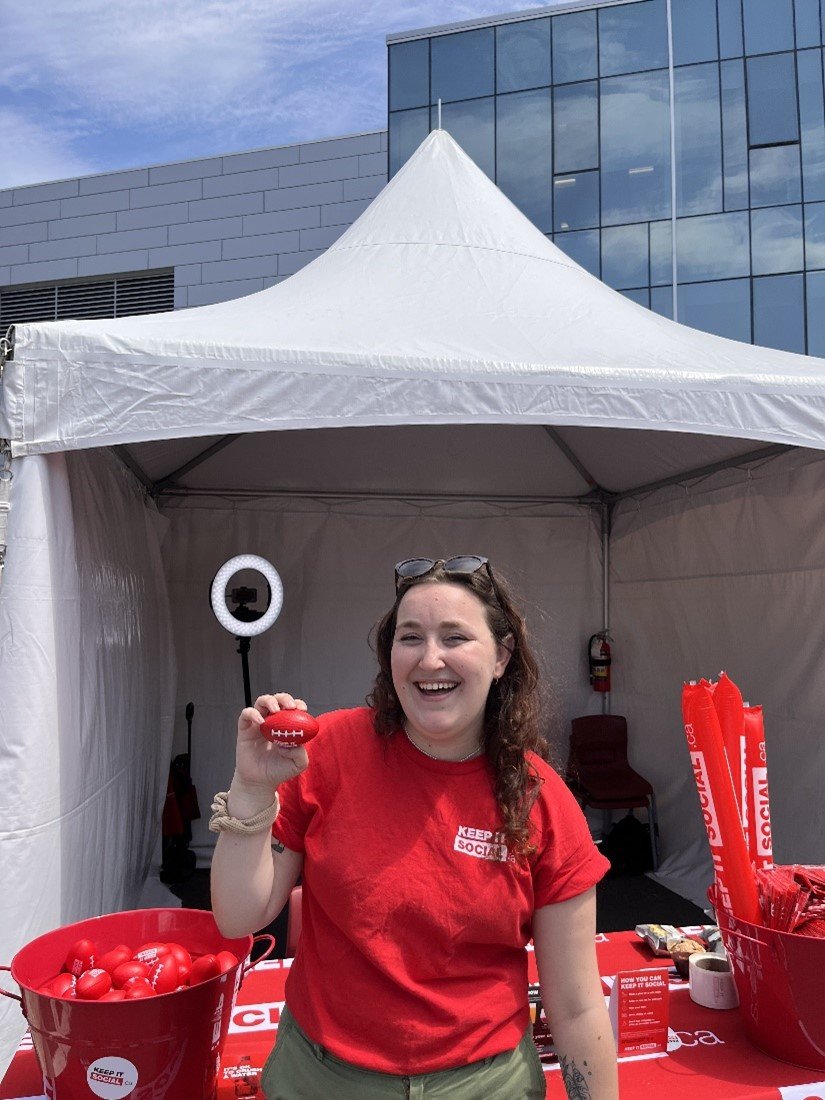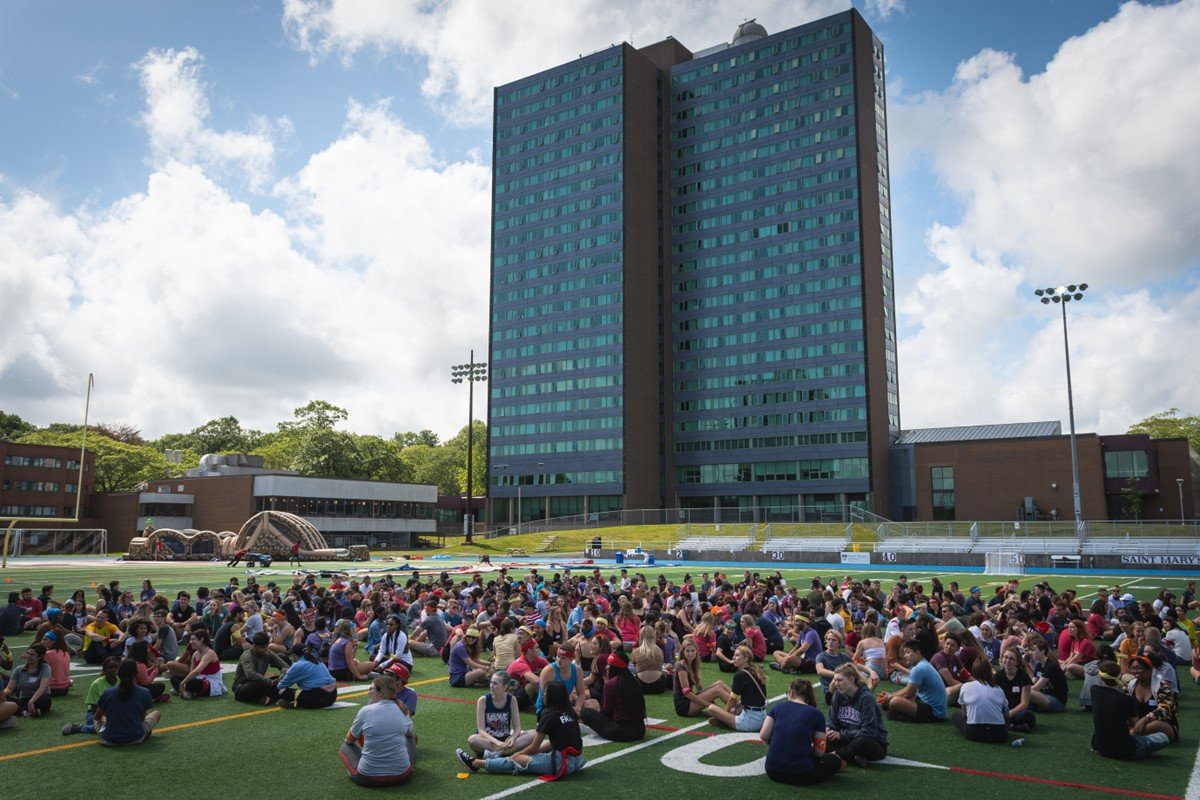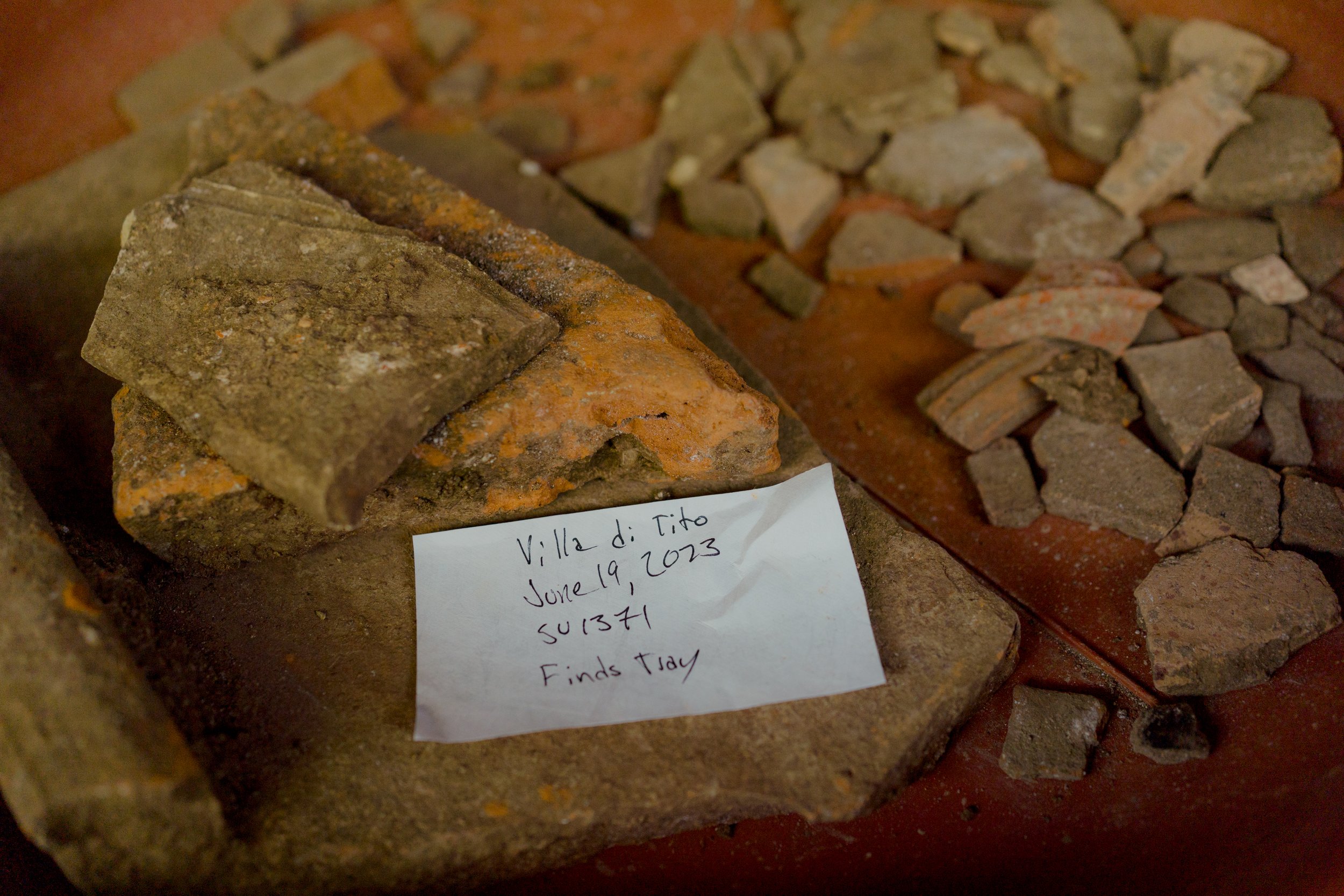Kyle Morton BComm’23
Kyle Morton had yet to complete his undergraduate degree at Saint Mary’s University when he used machine learning in a ground-breaking study of the COVID-19 virus for Scientific Reports. To contribute to an article in the world’s largest scientific journal would be an accomplishment for more experienced researchers. For Morton, it was a miracle.
“I remember when my economics professor, Yigit Aydede, told me the article had been accepted,” said Morton. “I jumped out of my seat and clapped my hands. It was another fantastic experience that Saint Mary’s made possible.”
Morton participated in the research project over six months during 2022, when he linked two large data sets, one from Statistics Canada and the other from Nova Scotia’s 811 system that recorded influenza symptoms during the first four months of the COVID-19 pandemic.
Dr. Yigit Aydede and Kyle Morton work together examine data for their research
The resulting article by Saint Mary’s University’s Dr. Yigit Aydede, and Jan Ditzen, Free University of Bolzano, Italy, Identifying the regional drivers of influenza-like illness in Nova Scotia, Canada, with dominance analysis - Scientific Reports, unveils a new methodology, one that may assist health officials to both predict where viruses will spread and target interventions to halt them. Read more about the study.
“Working with large data sets, it is easy for errors to go unnoticed, because you cannot visually inspect them. The challenge was: How do you make sure there are no mistakes that will end up leading to the wrong conclusions when you actually perform your analysis?”
Morton sees machine learning as a third form of statistics, one that is predictive. Once he had prepared the data, making sure it was clean and free from errors, Professor Aydede and the research team used powerful algorithms to combine both sets. The results revealed the spatial as well as the temporal spread of the virus in real-time, something that was only possible due to the extraordinary and detailed data concerning COVID-19 symptoms, unparalleled access to Nova Scotia’s 811 records and the unique adaptation of algorithms originally designed for the finance industry.
The opportunity to study and work alongside Dr. Aydede in the Sobey School of Business has transformed Morton’s career aspirations, inspiring him to use machine learning to solve problems.
“I chose Saint Mary’s because it had a very good reputation for its business school. I liked the smaller yet international campus and the undergraduate focus. I gained a lot more experience, working with my peers and my professors one-on-one; I would not have had the same opportunity at other, larger institutions.”
While studying in the Bachelor of Commerce program at the Sobey School of Business, Morton was the recipient of two scholarships from donors to Saint Mary’s University: The Chrysler Canada Scholarship and the KPMG Future Leaders Scholarship. He also received the Fred and Ruth Stork German Studies Award from Waterloo University. This Fall, Morton begins his Master’s in Data Science at the London School of Economics, something he describes as “a dream come true.”







































